It has been three and a half years now since I and Ivar started to date, and pretty much the same time since we started to dream about driving the Pan-American highway across South and North America. Back then, Ivar just started his education to become a nurse so we knew that it is going to take a while before we will be able to make that dream happen, but now, Ivar is almost done and the time has come!
Since we receive a lot of questions about our upcoming trip from our friends and family, we have decided to answer them here. It was a wise decision as it helped us to discover some issues that were not thought through yet or needed our attention. So thank you for giving us all those detail questions like: “When do you go; where do you go; Are you crazy? etc.”
What is the Pan-American Highway, and why do you want to go there?
Pan-American Highway is a network of roads stretching from Prudhoe Bay, Alaska, to Ushuaia, Argentina. With its length (around 48,000 kilometers depending on the route you take), it is the world’s longest “motorable road.” It passes through 14 countries along the way.
In North America, the Pan-American Highway passes through the USA, Canada, Mexico, Guatemala, El Salvador, Honduras, Nicaragua, Costa Rica, and Panama.
In South America, the Pan-American Highway passes through Colombia, Ecuador, Peru, Chile, and Argentina.
However, it is not readily possible to drive since the route is interrupted by the 160 kilometer-wide (100 miles) Darién Gap between Central and South America.
When are you planning to leave and for how long do you want to be traveling?
We want to spend Christmas with our families since they are probably not going to see us for some time and leave at the beginning of January. The shipping of the car takes about six weeks, so we need to send the van at the beginning of December.
As for how long are we going to travel – we do not know. We think that for about a year or as long as we like it. The more realistic answer is as long as we still have some money.
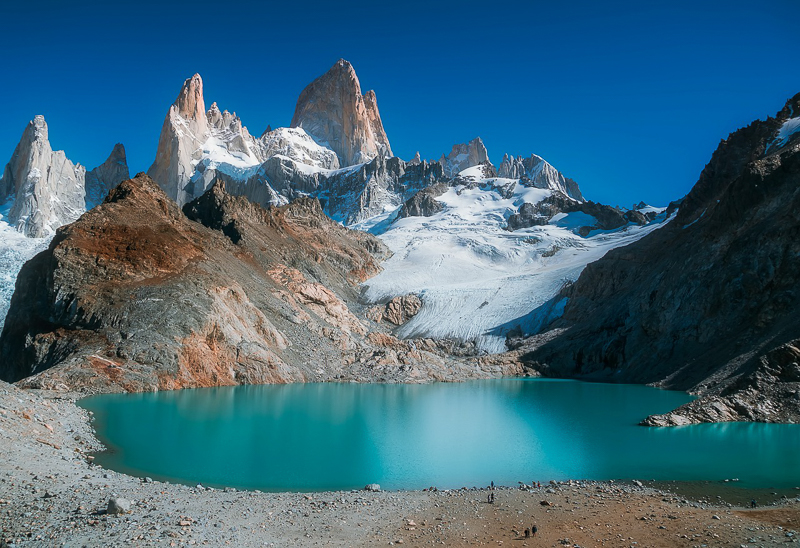
How are you planning to get your van to South America?
R: We plan to ship it to South America. We were going back and forth if we should drive the Pan-American highway from north to south or the other way, and the shipping destination was dependant on our decision.
When we finally agreed that we would start our journey in January, then shipping the car to South America seemed like a more logical option because of the weather (they have summer in the southern hemisphere in January).
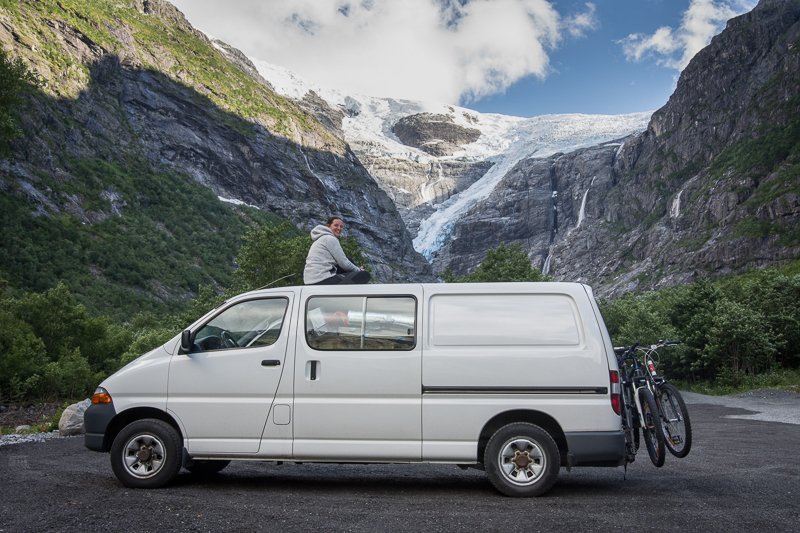
How much does it cost to get the car there?
R: That is a good question. The shipping price depends on the method of shipping, the chosen route, and several other factors. There are two options on how to ship the car – either a more expensive container shipping container or RO-RO (roll-on roll-off cargo which is driven on and off a vessel).
We do not feel comfortable having all of our camping equipment and personal stuff in the car and hand the car keys to other people since we have heard that it is not uncommon that things inside the car get often stolen. Therefore we plan to use container shipping.
We hope to find somebody who wants to ship their car to the same place at the same time and share the costs of the 40ft container. If that works, then the price for import and export is more or less 25.000 NOK (2.500 Euro). If we do not find anyone to share the container with, then we expect to pay about 37.000 NOK (3700 Euro).
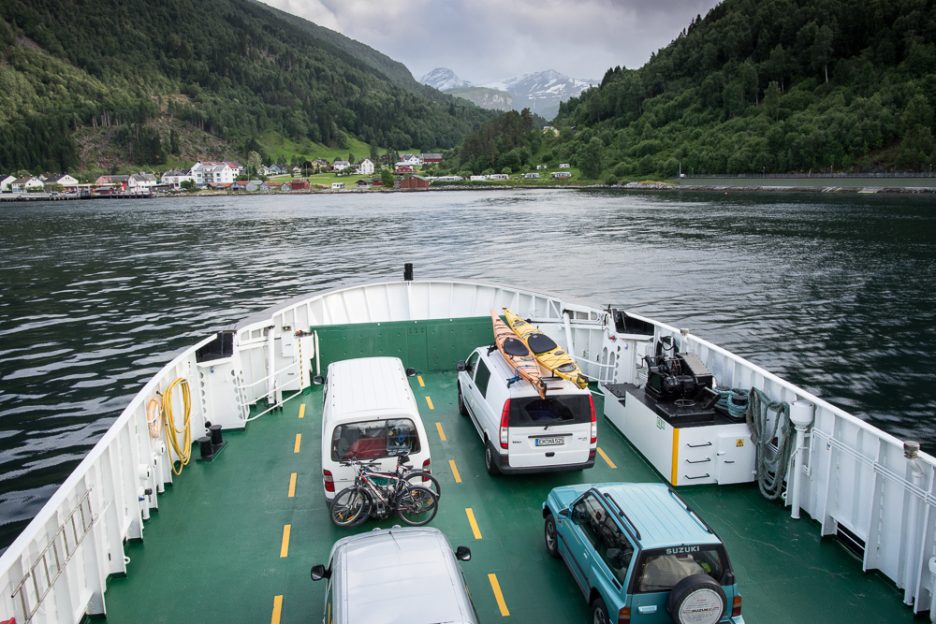
What is your budget for driving the Pan-American highway?
People who already drove the Pan-American highway report anything from 40 – 150 dollars per day, but most of them agree on approximately 80 dollars per day. Assuming that we would travel for a year and spend, on average, 80 dollars per day, then we need to save about 25.000 Euro (250.000 NOK or 650.000Kč).
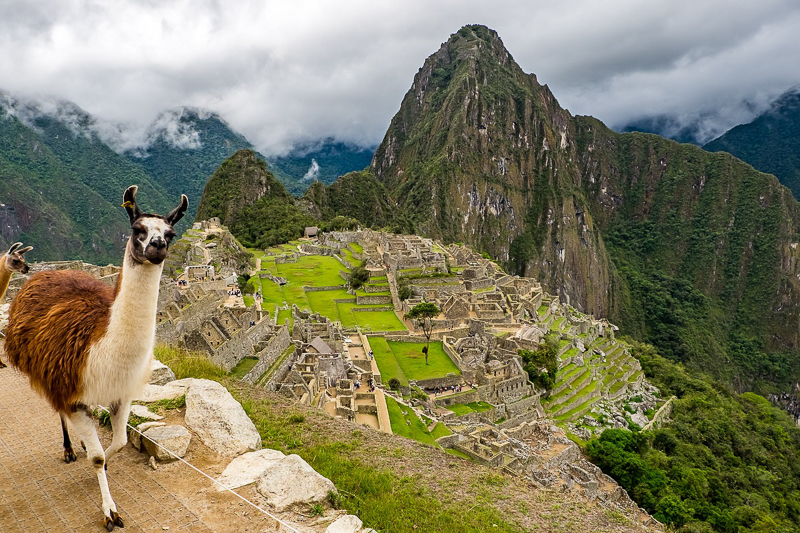
Why did you not consider buying a car in South America instead of shipping it?
We did consider buying a car in South America, but we decided against it for several reasons.
- We wanted to convert the van ourselves so it would fit our needs.
- We did not want to spend our time in South America trying to get a car and then maybe buying something we do not like just because we are tired of waiting.
- We did not want to buy a car from other travelers that already drove the Pan-American highway. We feel safer having our vehicle checked by a reliable car mechanic in Europe and knowing what kind of breakdowns we can expect.
- We wanted to avoid shabby paperwork connected to a car purchase in another continent and maybe face some issues later at border crossings.
- Our Spanish sucks. (At least so far.)
Why did you buy a Toyota HiAce and not some bigger or more camper friendly van?
Toyota Hiace and Rav4 are among the most popular vehicles in South- and Central America. So we hope we will have no problems to get spare parts if something goes south. Good luck getting spare parts for your Volkswagen T2 1970s bus 😀
Also, Toyota Hiace has long had the reputation of being unbreakable (I’m writing this with a bad taste in my mouth cause I’m pretty sure that statement will bite me in the ass as we approach “middle of nowhere”-town.
On the downside, its been a lot of work to get a swivel seat working, pop up roofs we could forget about, and pretty much any camper friendly addition to a van is not fitting a Toyota Hiace. So it’s a “suffer now, or suffer later” kinda deal.
How much time and money did you spend on converting the car?
Honestly, we do not know, and we probably do not want to know. Our Toyota is the second van that we bought. First, we got a Hyundai H-1 for about 32.000 NOK (3.200 EURO), and it broke down in less than a month since we bought it. It took us a year of arguing with the guy who sold it to us to get our money back.
After this experience, we decided to invest in a slightly more expensive car and we bought our Toyota for 99.000 NOK (9.900 EURO).
In Norway, everything is roughly three times more expensive than in Czech, and that we do not have any garage, workshop, or proper tools in Trondheim, so we decided to work on the conversion in the Czech republic. My father was a big help providing us not only with all imaginable tools but also with his expertise. The most significant expenses with the car were:
Fridge: 15.000 Kč
Solar system: around 25.000 Kč
Swivel platform: 5.000 Kč
Roof window: 3.900 Kč
Roof hangers: 7.000 Kč
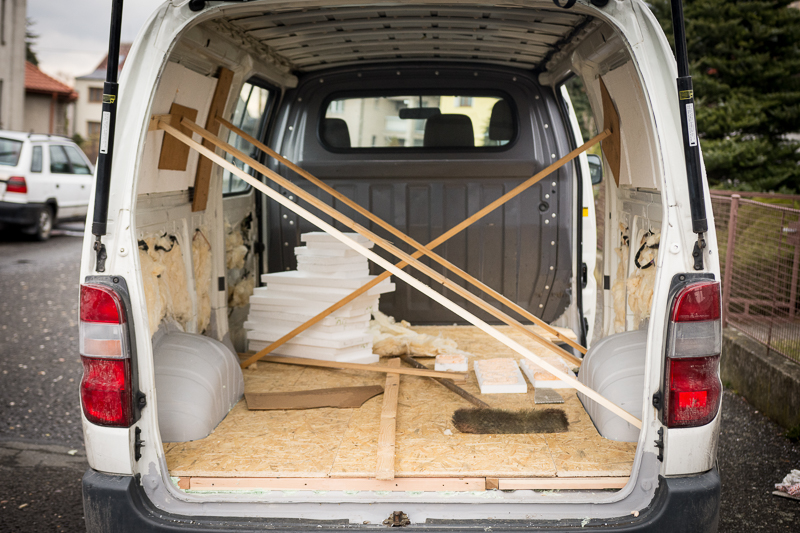
Do you have a trust fund from your parents, swiss bank account, or are you being sponsored by someone?
Not at all! All of our money comes from hard work. We started saving money about three years ago. Trying to combine full-time studies with traveling like we did the first year AND saving money on top of that did maybe not work as well as we thought.
So, it’s not really until the last year since we have been strict about saving every penny we got. Which also meant downscaling our traveling a lot. So some sacrifices had to be done, but we hope it will all be worth it once we start traveling.
On top of saving every penny, we have also been juggling in between 2-3 jobs each the last year. We literary take any job opportunity that comes our way no matter how shitty a job that is.
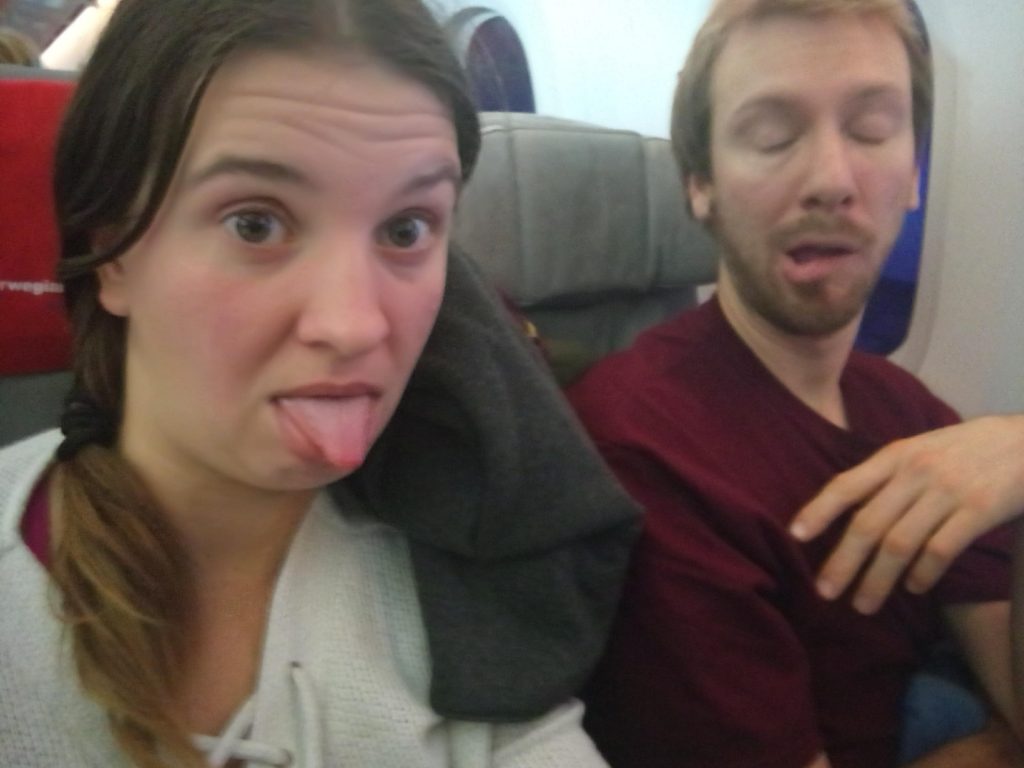
Could you not choose a less dangerous destination?
I think there are quite a few more dangerous destinations, like driving through Africa, parts of Asia, even in France people seem to be gassed left and right while sleeping in their campers.
But we like to think that we are prepared for what is coming and that we will be able to stay away from danger by doing proper research and communicating with the locals.
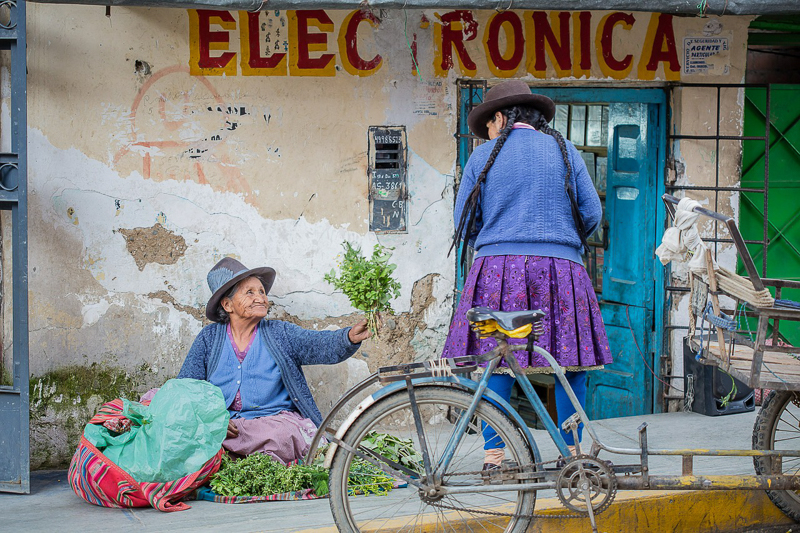
What are you planning to see and do on the way?
Ivar: This is the question we asked ourselves, but nobody else seems to be interested 😀 On a trip with such a long time frame and covering such a big area, it is practically impossible to plan it like you would plan a two-week vacation. I mean, we know probably about 100+ places we want to see, mountains we want to scale, rivers we want to paddle, and so on, but we want to leave it up to how we feel like when we get there.
There is no reason to spend hundreds of hours planning something, and then most likely doing it differently anyway. And from our experience in Scotland f.ex, we found out that talking to the locals about what to do and what not to do proved highly valuable.
So talking to the locals and figuring out what they recommend would be at the top of our list to do. Which brings us to the next question:
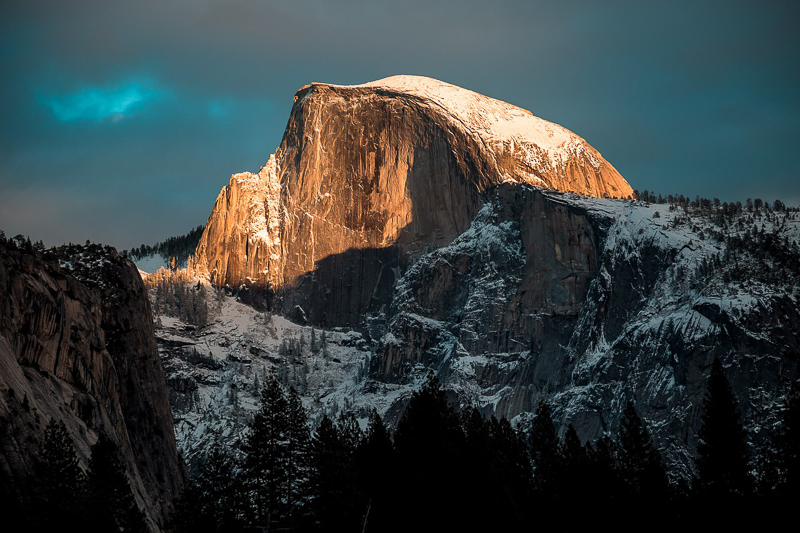
Can you speak Spanish?
Not really. At least not yet. We were both attending a Spanish course a year ago, and we learned some basics, but we are still far away from having a conversation with anyone but the bartender (Una cerveza por favor…)
Our goal before the trip is to be able to understand quite a few words, understand simple sentences, and being able to reply more or less understandable. We will learn as we go. The Spanish book is coming with us on the trip! As well as an audiobook based language course, we can listen to while driving.
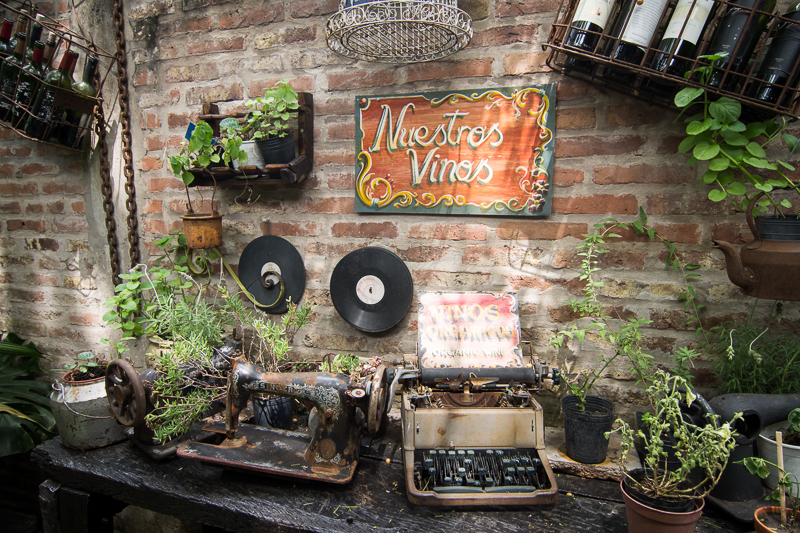
What do you need to arrange before embarking on a year-long journey?
Vaccination, Insurance and Health issues
As we have already traveled quite a bit, we have most of our vaccination covered. Ivar needs to get a vaccination against yellow fever. I have spent a considerable amount of time and money in the last few months to get my teeth checked, so we would avoid an unexpected visit to the dentist somewhere in South America.
Ivar: The Norwegian health agency recommends the following vaccines for long term stays in all of the American Countries. The way I think about it is to get all the vaccines recommended for a country, so I don’t have to worry about where I can go and not go and never feel unsafe.
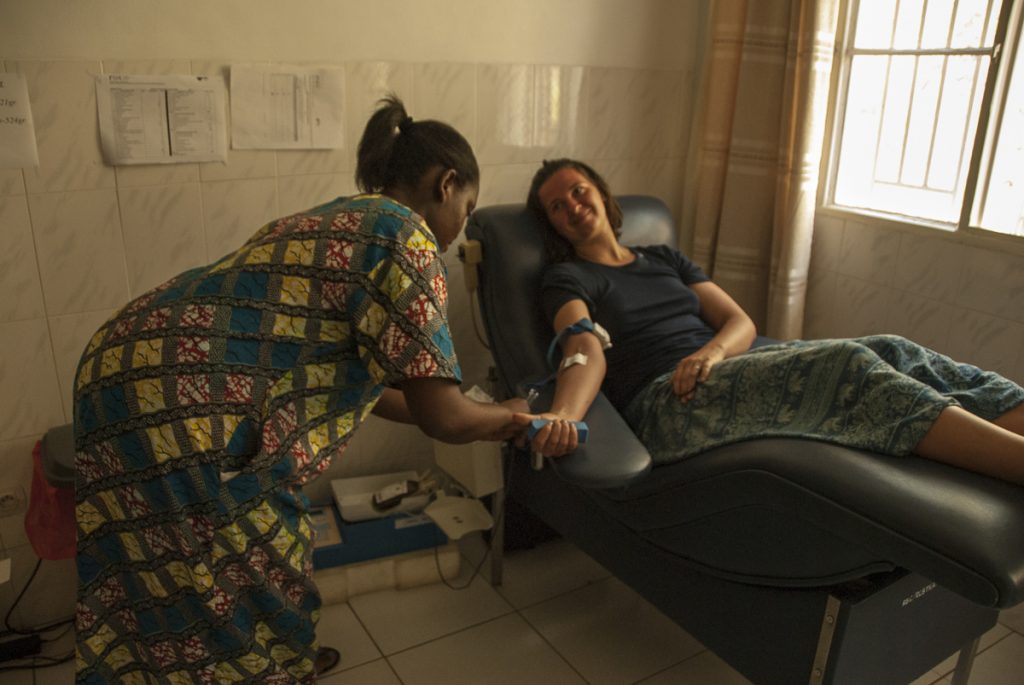
Important papers, documents, credit cards
Radka: We are both getting a second passport and driving license in case one would be lost or stolen. Also, we have all of our important papers scanned and saved on a google drive so we could access it from anywhere. We both have several credit cards connected to different bank accounts, but we also plan to get the Revolut card.
Shipping
Shipping is a BIG expense on this trip. Hands down the biggest single expense for sure. We need to ship the car from Hamburg to South America, from Colombia to Panama, and then from the US to Europe if our van is still in good enough shape.
All the information about the shipping could make a separate article. And maybe it will happen in the future as soon as we have some experience with it. Until then, a tip we can give you is to start searching for your container buddy asap. Sharing a big container is cheaper than having a small one for yourself.
Local SIM cards and Internet
We are looking into options for phone subscriptions, so we do not need to buy a SIM card in every single country we travel through. But that might be an option too.
Google has a pretty good mobile data service that allows you to call, text, and use quite a lot of data pr month. Its called Google Fi. You can roam up to 15gb per month for 60$. And if you want to include calls and texts, it is 20$ extra. So 80$ in total.
It is not the cheapest option, but it works in most countries in the world. So no searching for a new SIM-card after every border crossing. No hassle. But is 15GB enough? We haven’t found anything else that works as well across borders, so please let us know if you find anything.
What will you do if your car breaks down in the middle of nowhere?
That’s pretty much our biggest fear on this trip, and we expect it to happen. After reading what others have experienced, it seems pretty standard to have the car breaking down sooner or later. On the other hand, some travelers managed to get through the whole trip with no major problems except maybe a blown tire.
I think this is where you will start to pay for your cheap car. If you drive anything Instagram-friendly like a VW T2 or something like that, you might be in trouble if you suddenly happen to need some spare parts. We read some funny stories of an American couple flying back to the US, buying used car parts in the States, then flying back to Colombia and risking prison for illegal import of used car parts.
We hope that by driving a Toyota Hiace, we will have a minimum amount of trouble getting help if the shit hits the fan.
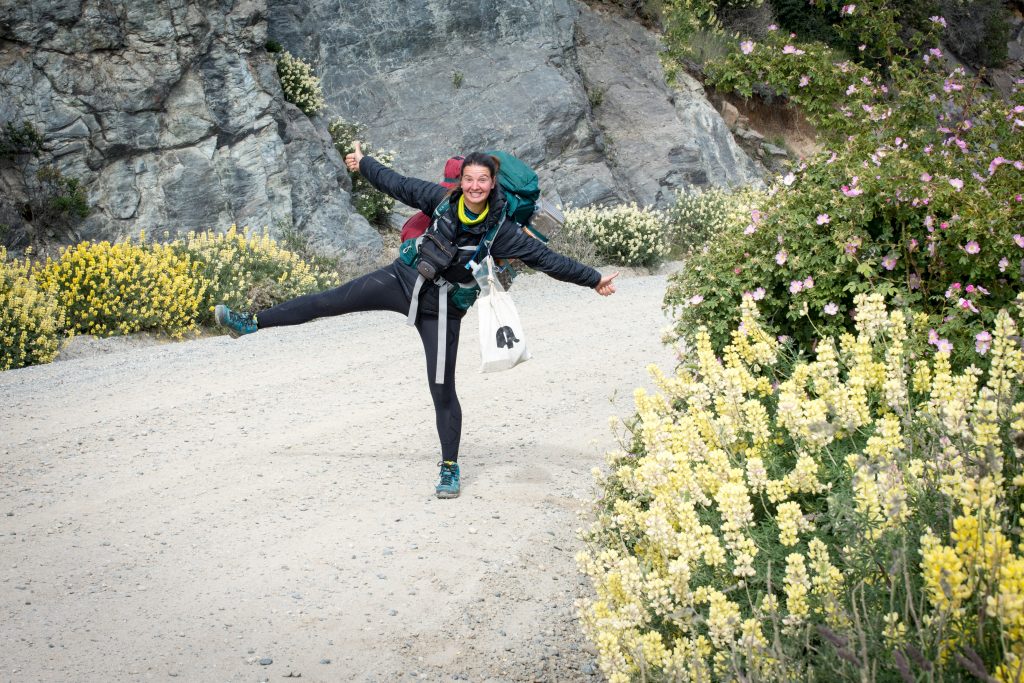
Can we join you on some part of your trip?
Radka: We are not against meeting our friends and family or any other cool travelers during our trip. The problem is that we do not have a plan, so we are not able to answer questions like “can we meet in Mexico in July?” or “when are you going to be in the USA?”. Btw since I am afraid of heights and Ivar is really into climbing, you are more than welcome to join him for some climbing adventures! 🙂
Are you going to work while traveling?
Sadly neither of us has a job that would allow us to work remotely. We are working as much as we can while trying to save as much as possible before the trip. If the opportunity comes and we could earn some money while traveling, then we would take it, but so far, we are counting on living from our savings. We have some (tiny) income from our blog and from writing articles for travel magazines, but it is not enough to keep us on the road.
Are you going to get married in South America?
Who knows? 😉 Stay tuned!
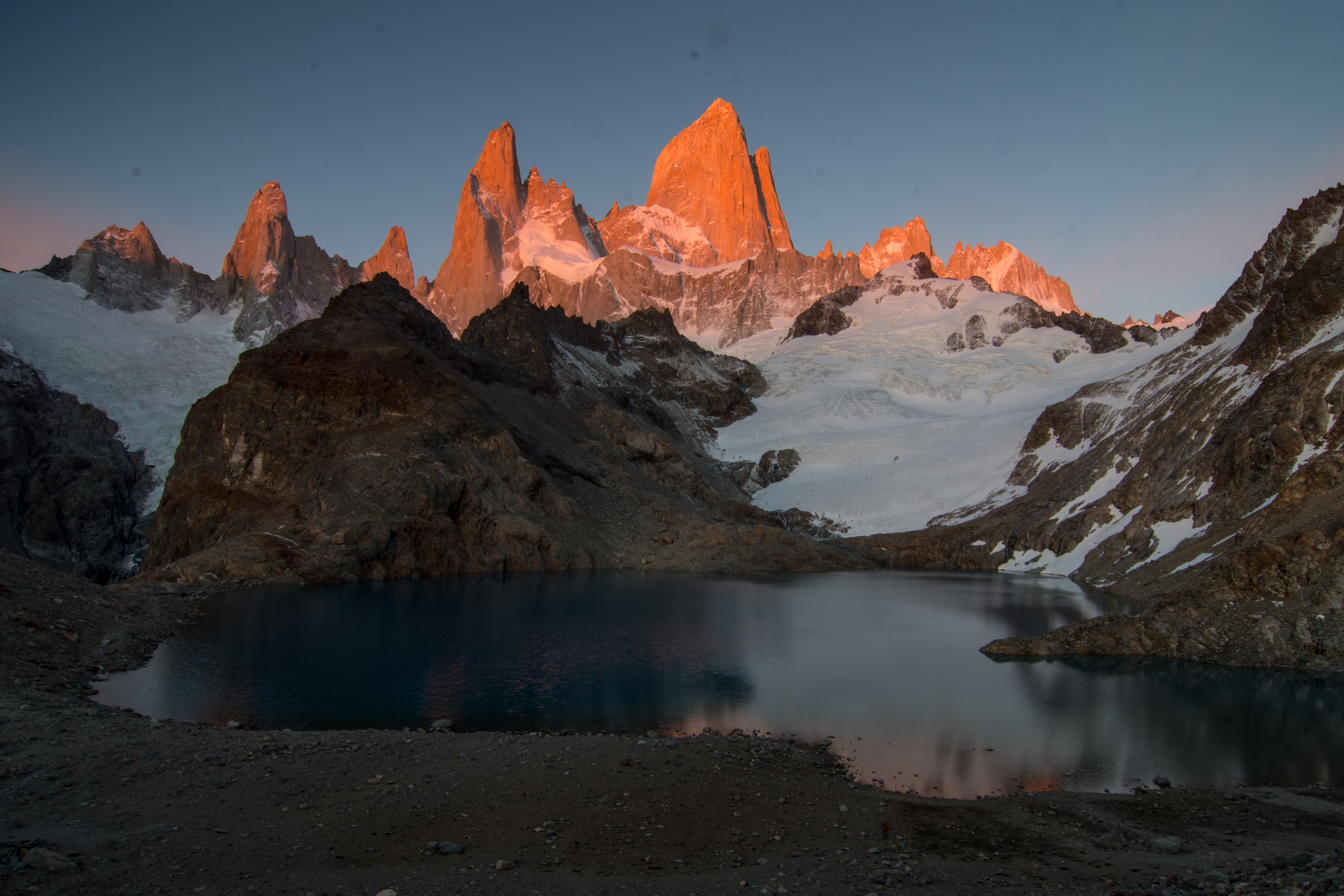

4 responses to “Pan-American Highway: FAQ about our planned trip from Chile to Alaska”
Hi guys,
Great stuff, thanks for sharing! Learned about this new thingys like Google Fi and Revoult card, awesome!
Are you back in your home country safe in the midst of this Pandemic? When do you guys think this Pan Am route can be explored again?
All the best if you are still on the road somewhere!
Hello there!
We had to sadly interrupt our trip and leave our van in Argentina. But we plan to come back in February 2022 and continue the trip! 🙂 Greetings from Norway!
Did Covid stop your trip? If so, i hope you are able to take this journey soon.
Hei Carole,
yes, sadly it did. We traveled for 2 months and then we got stuck for another 2 months in Argentina. In the end, we had to leave our car there and get back to Norway. But we have high hopes to return to Argentina in 2022 and continue the trip 🙂 Greetings from northern Norway! 🙂